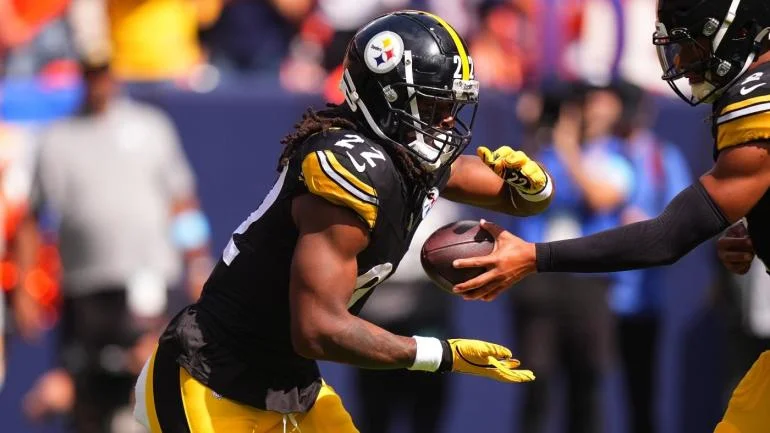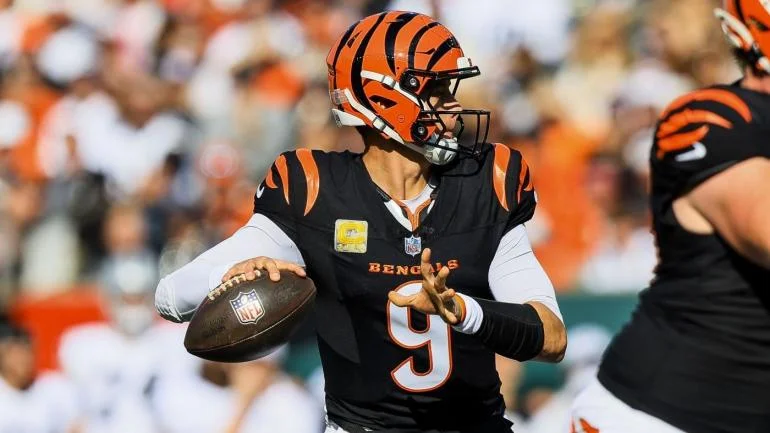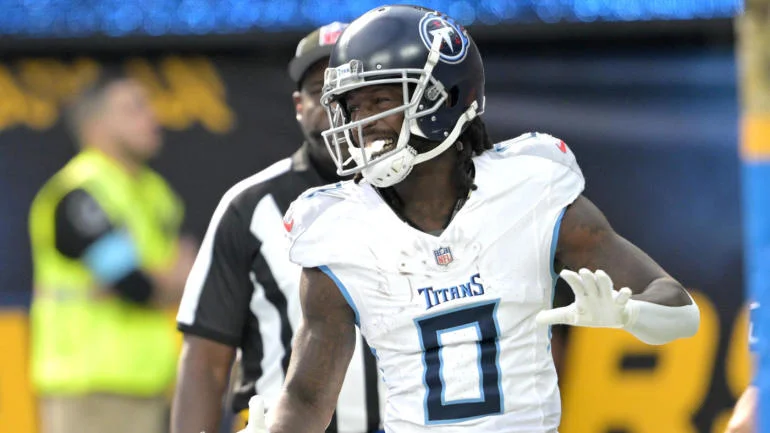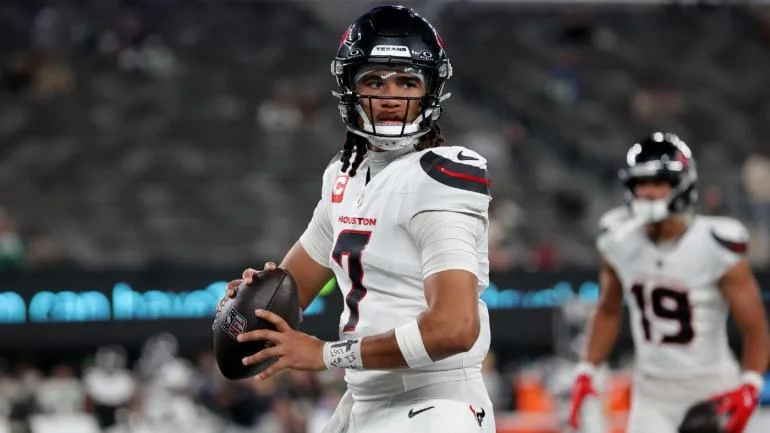Beware going all-in on Kyle Rudolph this season.
I had been talking myself into a breakout for Minnesota TE Kyle Rudolph for years. After all, this kid had all the tools to be a fantasy beast. He’s 6’6″ 260 with strong mitts — a sure-fire red zone threat. But year after year, that breakout never came.
Until 2016. Thanks to a combination of factors — primarily Sam Bradford‘s accuracy and the promotion of OC Pat Shurmur (who had been working as the team’s TE coach beforehand) — Rudolph finally became a focal point in the passing game. He racked up 132 targets, 83 catches, 840 yards, and 7 touchdowns. It’s easy to understand why ESPN has him ranked as the #6 fantasy TE right now.
Given his physical talent, Rudolph can maintain or even improve on those numbers. In fact, he was even stronger over the second half of the year. Will he be even better in 2017? Maybe.
But most likely not.
Here are the reasons to “beware” of a Kyle Rudolph investment:
An improved running game will mean fewer pass attempts
The Minnesota Vikings had an AWFUL running game last year. In fact, they rushed for a grand total of 1205 yards on 3.2 yards per carry. There were a few factors why: their offensive line was a disaster, and their runners didn’t have much life in their legs. Normally speedy Jerick McKinnon didn’t look 100%, and Matt Asiata is a plodder even on his best day.
In fact, their runners were so stuck in the mud that the team had to pass quite often to compensate. They attempted 588 passes against only 380 runs. Now, that’s a fairly normal ratio in today’s NFL, but that’s not a “winning” formula for this particular Vikings team. If Mike Zimmer and Minnesota are going to make the playoffs, they’re going to do it by running well, limiting mistakes, and playing lights out defense.
The organization clearly realized that they needed to improve the run game and addressed it this offseason. They signed OT Riley Reiff from Detroit to replace up-and-down Matt Khalil. They drafted C Pat Elflein, who could start from day one. Neither Reiff nor Elflein are dancing bear athletes, but they’re both “bring your lunch pail” pluggers who can compete hard in the run game.
The splashier addition will be RB Dalvin Cook. Cook didn’t test well in the Combine, but anyone who watched him in college saw a future star. He has solid vision, a strong initial burst, and an ability to produce in the passing game.
All those factors should make the Vikings better at running the ball — which in turn, will mean less pass attempts from Sam Bradford and the Vikings.
An improved receiving corps will mean less targets to Rudolph
The Vikings’ starting WRs should be the same — Stefon Diggs and great white hope Adam Thielen. That much won’t change.
However, last year’s first round pick Laquon Treadwell should improve. He has to, right? A slow but fiery power receiver — think Anquan Boldin — Treadwell had high expectations, and underwhelmed to the extreme, with a grand total of 15 yards. And no, that’s not a misprint. 15. Treadwell has to improve because there’s nowhere to go but up.
I’d be even more concerned about the threat of Dalvin Cook siphoning away targets from Rudolph as well. Cook’s a natural receiver with good hands — he logged 488 yards last year at FSU. Cook will be a strong check-down target for Bradford, which means he won’t have to rely as heavily on Rudolph again.
Limited targets mean limited yards
Obvious, right? But that calculation is even more critical for a player for Kyle Rudolph, who’s not going to take a 10 yard slant and run to the house for 60 yards. He’s a talented player, but he’s not the kind of player who’s going to rip off chunks of yardage at a time.
Rudolph racked up 840 yards last year, but let’s remember that came on 132 targets. That’s 6.36 yards per target, which is in line with his career numbers of 6.32.
That means that to rack up yardage again, Rudolph needs a LOT of volume. If, for the reasons I mentioned above, Rudolph’s targets drop off to about 100, then he’s going to be in the 625-650 range. He’s going to be more touchdown dependent than most top tight ends.
Now, Rudolph is still a monster threat in the red zone, and he may get even more chances there if the team’s offense improves. 8 touchdowns feels attainable. But it scares me some to draft a player who’s going to be as touchdown-reliant as that, because touchdowns can come and go. If Rudolph’s touchdown total slips to 5 or 6, you’ve got a disappointment on your hands.
All in all, I expect a good but not great year for Rudolph — maybe 600-650 yards, 6-7 TDs — that will justify a place in your starting lineup. However, those numbers don’t justify a mid-round investment in mind.




